In the world of horticulture and home gardening, tissue culture plants hold a unique position, offering gardeners access to a wide variety of species that are sometimes rare or difficult to propagate through traditional means. This guide walks you through the essential steps to successfully acclimate tissue culture plants, ensuring they thrive in their new home.
Understanding Tissue Culture Plants
Tissue culture plants are grown in a sterile environment from a small piece of the parent plant, using a precise mixture of nutrients, hormones, and light. This method allows for the mass production of disease-free plants that are genetically identical to their parent.
Step 1: Preparation Before Acclimation
Prepare the environment for the plants to transition into. This preparation reduces stress on the plants and ensures a smoother acclimation process.
- Gather Your Materials: Clean work area, sterilized scissors or blades, a small container with distilled water, nutrient-rich, well-draining soil or a suitable growing medium, pots or trays for planting.
- Create the Right Environment: Ensure the area has adequate lighting but is not exposed to direct sunlight initially. The temperature should be consistent, mimicking the controlled environment of the tissue culture.
Step 2: Removing Plants from Culture Container
With your materials and environment ready, you can now begin the process of removing the plants from their sterile container.
- Sterilize your tools to prevent the introduction of any pathogens.
- Carefully open the culture container to avoid shocking the plants with sudden changes in humidity or temperature.
- Gently remove the plants, being mindful of their delicate roots and leaves.
Step 3: Rinsing and Trimming
Once removed, the plants need to be rinsed and possibly trimmed before potting.
- Rinse the plants gently with distilled water to remove any remaining culture medium.
- Trim any damaged or overly long roots to encourage new growth and make potting easier.
Step 4: Potting the Tissue Culture Plants
Potting is a critical step where the plants begin to adapt to a more traditional growing medium.
- Fill your pots or trays with the pre-prepared growing medium, ensuring it is moist but not waterlogged.
- Create a small hole in the center of the medium for each plant.
- Place each plant carefully into its hole, ensuring the roots are spread out and not bunched up.
- Gently cover the roots with more of the growing medium, pressing lightly to ensure contact but not so hard as to compact the soil.
Step 5: The Acclimation Period
The acclimation period is where your plants adjust from the sterile, controlled environment of tissue culture to their new conditions.
Initial Humidity and Temperature
- Maintain high humidity initially, which may involve covering the plants with a clear plastic dome or using a humidity tray.
- Keep temperatures consistent with the tissue culture environment, gradually adjusting to your desired growing conditions.
Lighting
- Start with indirect light, gradually increasing exposure to direct sunlight or grow lights over a few weeks. This gradual adjustment helps prevent light shock.
Watering
- Water sparingly at first, ensuring the medium is moist but not waterlogged. Overwatering can lead to root rot, especially in plants adjusting to a new environment.
Step 6: Monitoring and Adjusting
During the first few weeks, closely monitor your plants for signs of stress or growth.
- Adjust humidity, lighting, and watering as needed, based on the plants' response.
- Look for new growth, a sign that your plants are acclimating successfully.
Step 7: Long-Term Care
Once your plants have acclimated, they can be treated like any other plant in your collection, with routine care and maintenance.
- Regular watering, based on the specific needs of each species.
- Fertilization, using a balanced, gentle fertilizer suitable for young plants.
- Pruning and repotting, as necessary to promote healthy growth.
Successfully acclimating tissue culture plants is a rewarding process that requires patience, precision, and care. By following these detailed steps, you can ensure that your tissue culture plants not only survive their transition but thrive in their new environment. Remember, the key to successful acclimation lies in mimicking the tissue culture conditions as closely as possible and gradually introducing your plants to their new world.

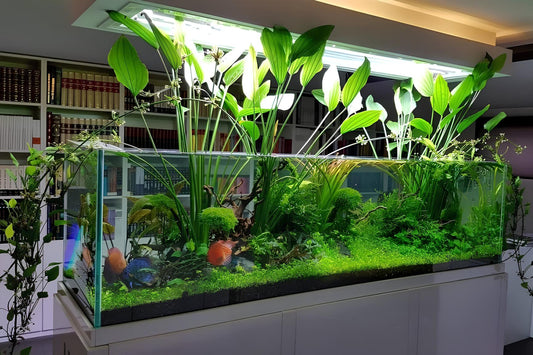
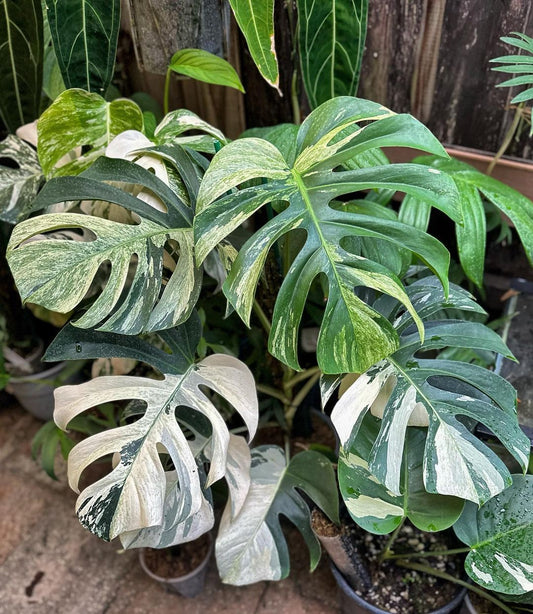
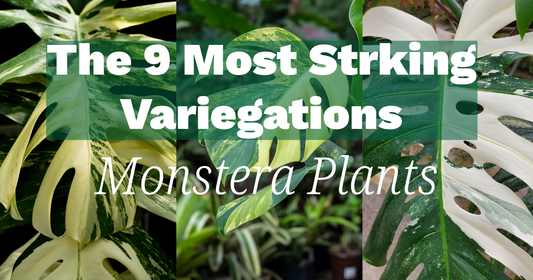
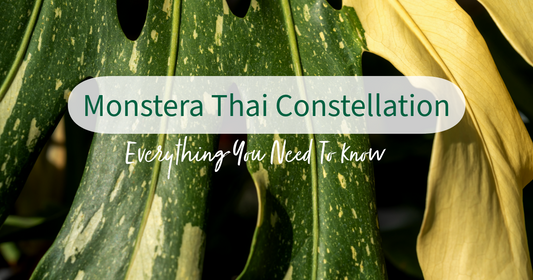




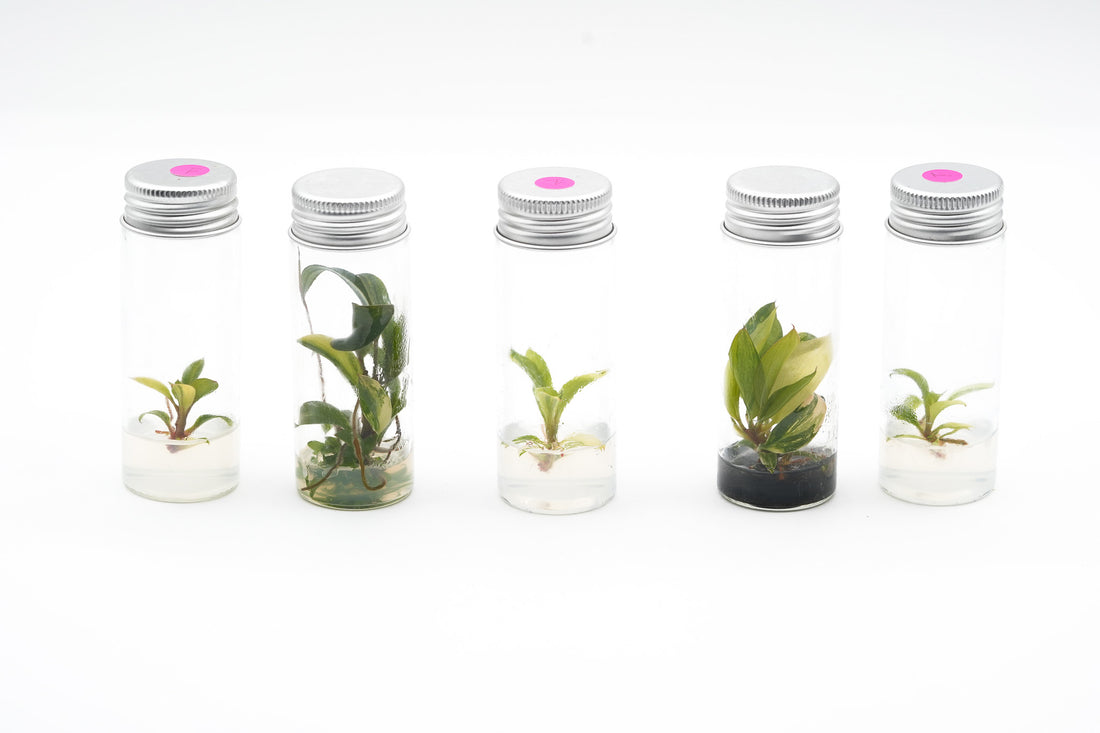
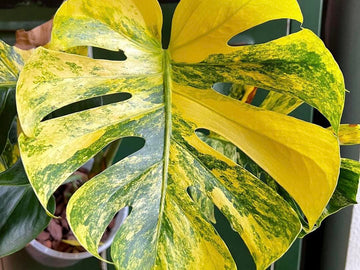
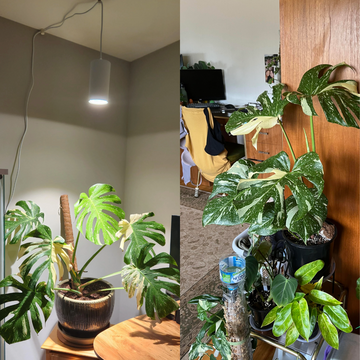
0 comments